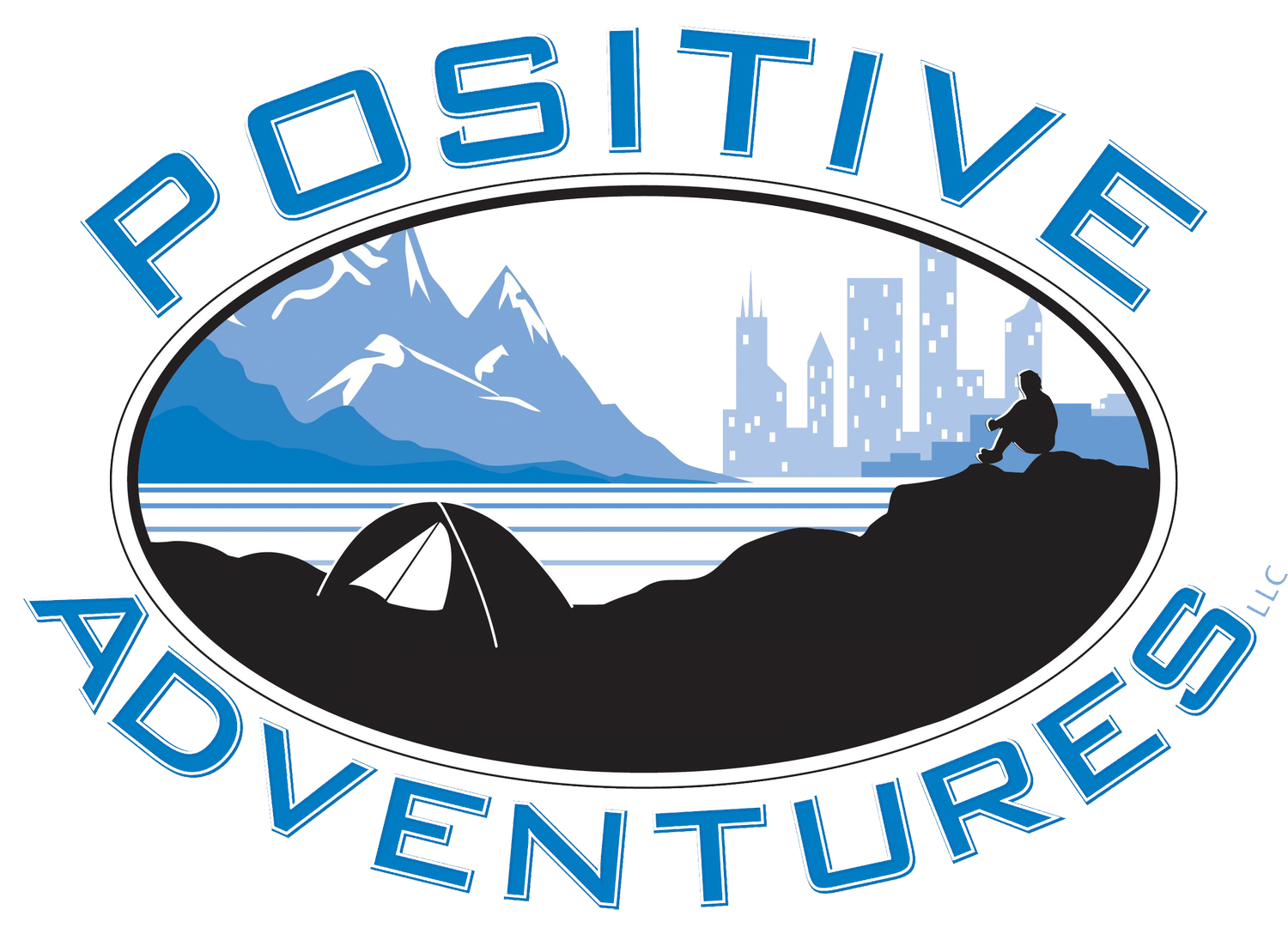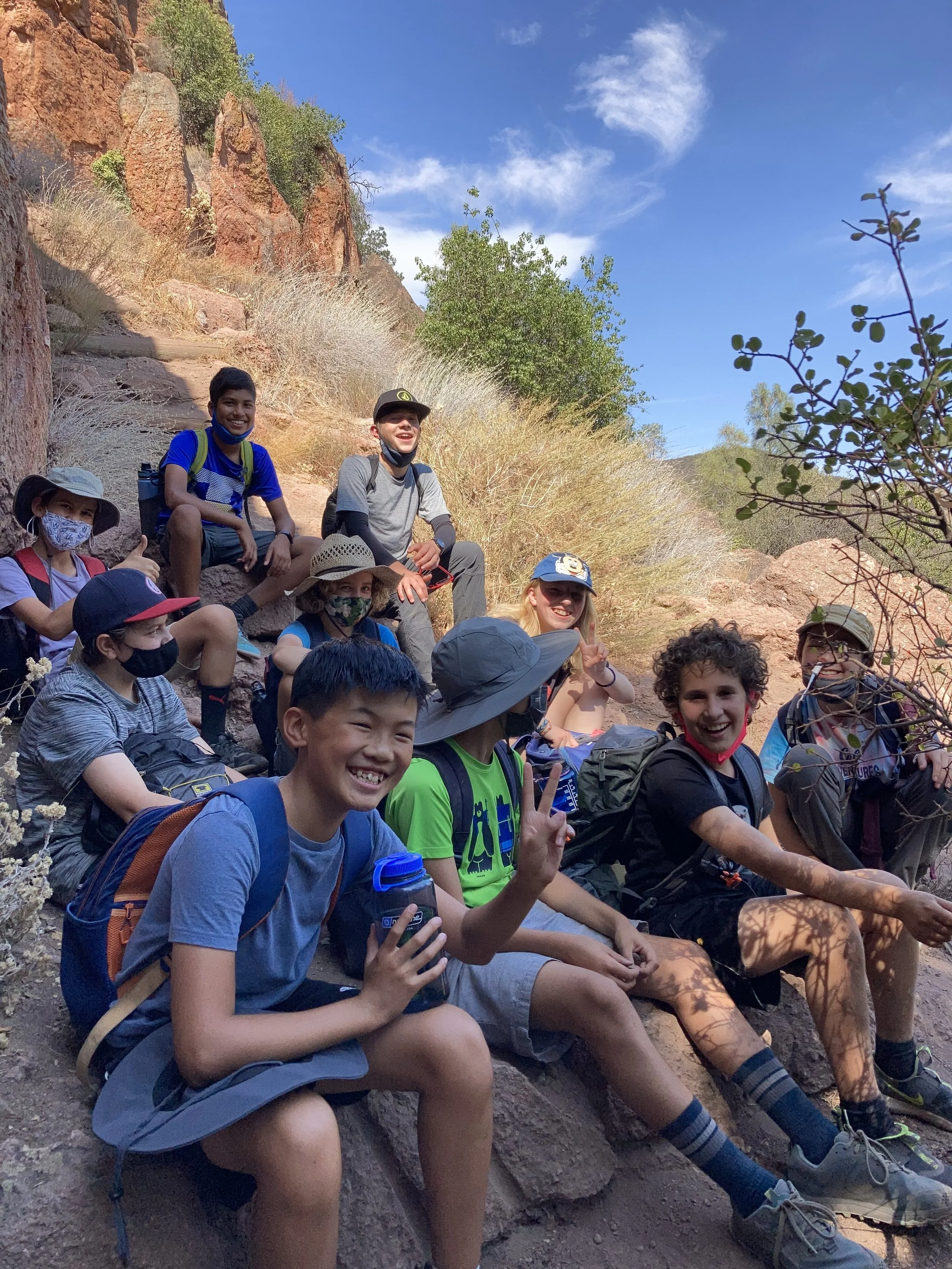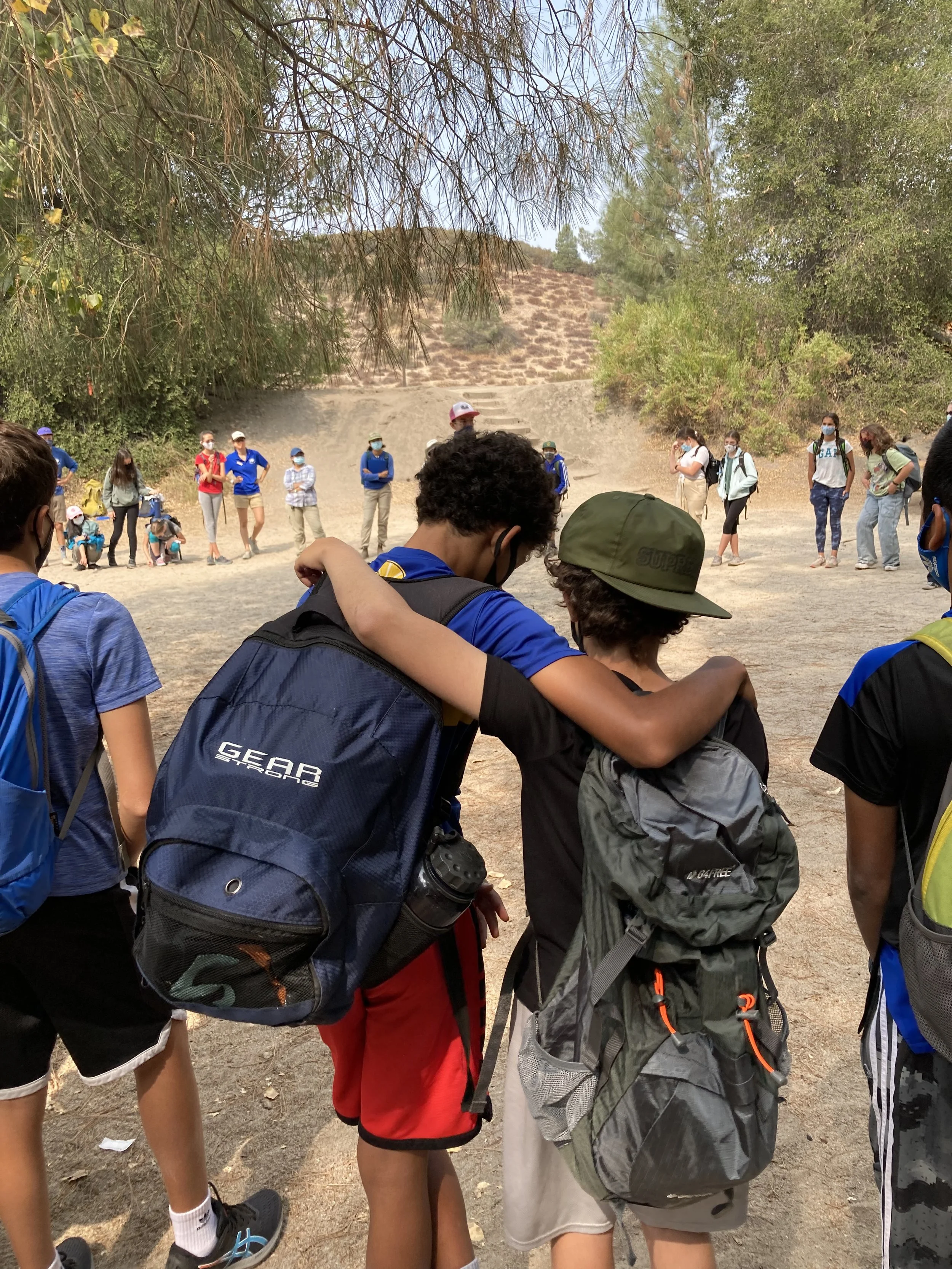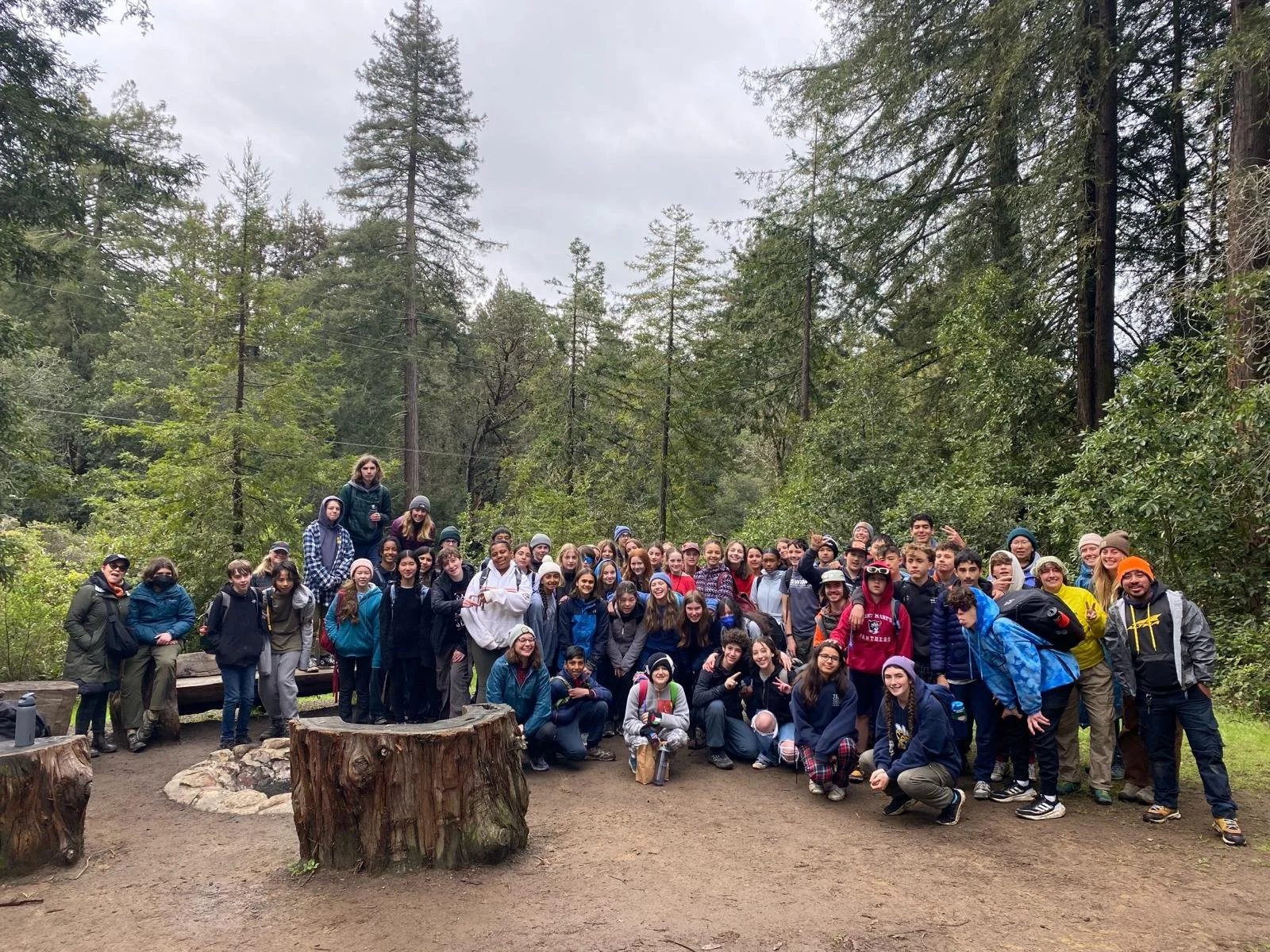Why Your School Needs More Field Trips (and Less Screen Time)
Based on the American Academy of Child & Adolescent Psychiatry, children ages 8-18 in the United States spend an average of 7 1/2 hours a day watching or using screens. While technology offers educational benefits, it also comes with challenges such as shorter attention spans, reduced physical activity, and higher levels of anxiety.
One solution is surprisingly simple: more time outdoors, and more time outside on field trips.
Educational field trips offer hands-on, real-world learning that boosts academics, supports mental health, and encourages teamwork, all while giving students a valuable break from screens.
Field Trips Improve Academic Performance
Field trips aren’t just fun, they enhance learning and support academic growth. Research shows that experiential learning improves student performance, especially when connected to curriculum goals. For example, visits to art museums have been linked to stronger critical thinking, greater historical empathy, and increased openness to new perspectives.
These benefits go far beyond the arts. Students studying ecosystems gain a deeper understanding by exploring tidepools, beaches, or forests firsthand. Real-world experiences like these strengthen comprehension, boost memory retention, and help students see how academic concepts, from science to history, apply in everyday life.
Outdoor Education Helps Reduce Screen Fatigue
Screen fatigue is a growing concern in schools. Students often report eye strain, headaches, difficulty focusing, sleep disruption, and lack of motivation.
While screens have their place, students also need time to reset. Field trips get kids moving, interacting, and exploring. They activate different parts of the brain through observation, hands-on problem-solving, and social engagement.
Studies show that time spent in nature can reduce stress levels, improve mood and concentration, support mental clarity, and decrease behavioral issues.
After time outside, teachers often observe that students return to class more focused, grounded, and engaged.
Experiential Learning Sparks Curiosity
When students learn by doing, they retain more and stay engaged longer. Field trips allow them to explore, investigate, and apply what they’ve learned.
Some examples of experiential learning on a field trip include:
Identifying marine life in a tide pool
Building shelters during a wilderness survival activity
Observing geological formations during a hike
These moments naturally build critical thinking, communication, and collaboration skills. They also help students discover new interests that might never surface in a traditional classroom.
Field Trips Support Equity in Education
Many students, especially those from under-resourced communities, don’t have access to enrichment opportunities outside of school. That’s why field trips are essential for educational equity.
Whether it’s a visit to a state park, a day at the beach, or hiking day, these experiences can expand students' worldviews, introduce them to new ideas, careers, and environments, and spark new passions and possibilities.
By incorporating trips into the school day and expanded learning programs, every student has the opportunity to explore, grow, and connect regardless of background.
Social-Emotional Learning in the Real World
Field trips also promote social-emotional learning. In unfamiliar settings, students must practice adaptability, communication, and collaboration.
They build skills like problem-solving in real-time situations, resolving conflicts with peers, taking initiative in group settings, and navigating new environments independently.
Teachers often report that students who are quiet or disengaged in class come alive during outdoor or off-campus programs. These experiences help students gain confidence, build resilience, and connect with their peers in new ways.
Field Trips Improve Behavior and Classroom Engagement
Teachers consistently see behavior improvements after field trips. Why?
Because students return feeling recharged, inspired, and more connected to what they’re learning. A shift in setting can create renewed interest in academics, better focus and classroom behavior, more participation and curiosity, and reduced disciplinary issues.
Field trips help students understand why they’re learning what they’re learning. That sense of purpose builds motivation.
How to Bring Outdoor Learning to Your Students
Getting kids outside and connected with nature is one of the most powerful ways to boost learning, well-being, and social growth. You don’t need a big budget or a long bus ride to plan an impactful field trip. Local destinations can be just as educational as far-off ones.
Think about places like nature preserves or hiking trails, local or state parks, community farms or gardens, and cultural and historical landmarks.
Here’s how your school can take the first step, and how Positive Adventures makes it simple:
Step 1: Schedule a Free Initial Call
The first step is a no-obligation call with our team. During this conversation, we’ll discuss your school’s goals, student needs, and any special considerations. This helps us understand exactly what you want to achieve through outdoor education.
Step 2: Receive a Customized Proposal
Based on your goals, the number of students, and your location, we create a tailored proposal that aligns your curriculum with the best nearby natural areas. Every program we design is unique, reflecting your priorities and logistical needs.
Step 3: Plan and Execute a Personalized Outdoor Experience
Once the proposal is approved, we handle all planning and logistics, from safety protocols to lesson alignment, so you can focus on what matters most: your students’ growth and engagement.
Where We Work & How We Support You
We design personalized outdoor programs across California and beyond, choosing nearby natural sites that best fit your students and goals. Some popular regions include:
Southern California: Joshua Tree, Big Bear, Santa Monica Mountains, San Diego Surf Camp
Central California: Morro Bay, Big Sur, Sequoia & Kings Canyon
Northern California: Yosemite, Santa Cruz Redwoods, Point Reyes
Utah & Beyond: Lake Mead, Bryce Canyon, Glen Canyon, plus custom locations
Many local educational agencies (LEAs), school districts and charter schools, and school after school programs use Expanded Learning Opportunity Programs (ELOP) funding to help cover costs, making these enriching experiences accessible and affordable.
Ready to Bring Learning Outside?
Schedule your free initial call today and start designing a unique outdoor experience that will inspire your students and expand learning opportunities beyond the classroom.



